The smoky aroma of Indonesian satay wafting through the air is an experience that transcends mere culinary delight. At the heart of this iconic dish lies a centuries-old tradition of cooking over charcoal flames, where the radiant heat from smoldering embers transforms simple skewered meat into something extraordinary. This isn’t just grilling—it’s a dance between fire and food, a technique honed by generations of street vendors and home cooks alike.
The Magic of Radiant Heat
Unlike direct flame grilling, which often chars the exterior before the interior cooks through, the radiant heat from charcoal embers offers a gentler, more even cooking process. The glowing coals emit infrared radiation that penetrates the meat, searing the surface while slowly cooking the inside to juicy perfection. This method is particularly crucial for satay, where the thin slices of meat would easily dry out or burn under harsher conditions.
In the bustling night markets of Jakarta or the beachside warungs of Bali, you’ll notice how satay masters carefully arrange their skewers around—not directly over—the hottest part of the fire. They understand that the sweet spot lies in the golden mean between intense radiation and gentle ambient heat. The result? Meat that’s caramelized on the outside yet remains tender within, with that distinctive smoky flavor that gas grills simply cannot replicate.
The Charcoal Difference
Not all charcoal is created equal when it comes to authentic satay preparation. Traditional Indonesian cooks prefer hardwood charcoal, often made from coconut shells or specific tropical hardwoods. These materials burn cleaner and longer than briquettes, imparting subtle aromatic compounds that enhance rather than overpower the meat’s natural flavors. The choice of charcoal becomes another seasoning in itself, much like the selection of wood for smoking meats in other culinary traditions.
The preparation of the charcoal fire is an art form passed down through generations. Satay vendors will often let the flames die down to glowing embers before cooking begins, creating a steady, consistent heat source. Some masters even have secret techniques for arranging the coals to create different heat zones, allowing them to cook various types of satay simultaneously—chicken needing slightly less heat than tougher cuts like beef or goat, for instance.
The Science Behind the Flavor
What makes charcoal-grilled satay so special isn’t just tradition—there’s actual science at work. The Maillard reaction, that complex chemical process responsible for browning and flavor development in cooked meats, occurs more efficiently with radiant heat than with direct flame. The infrared radiation from the coals promotes these flavor-creating reactions while minimizing the formation of potentially harmful compounds that can occur with flare-ups from dripping fat.
Moreover, the slow rendering of fat under radiant heat allows the meat’s natural juices to redistribute gradually, rather than being forced out by the shock of high direct heat. This explains why properly grilled satay remains moist despite its small size and lack of marbling in leaner cuts. The fat that does drip onto the coals creates flavorful smoke that coats the meat, adding another layer of complexity to the final product.
Cultural Significance
Beyond the technical aspects, the charcoal fire represents something deeper in Indonesian food culture. The glowing embers symbolize the hearth, the gathering place where stories are shared and bonds are strengthened. In many communities, the satay grill becomes a social hub, with people congregating around its warmth as the skewers cook. This communal aspect is as integral to the satay experience as the flavors themselves.
During festivals and celebrations, the sight of multiple satay grills glowing in the night takes on an almost ceremonial quality. The rhythmic fanning of the coals, the sizzle of meat meeting heat, the practiced motions of the grill master—all become part of a living culinary tradition that connects modern Indonesians with their ancestors who first discovered the magic of cooking with radiant heat.
Preserving Tradition in Modern Times
As urbanization and modern appliances change cooking habits across Indonesia, there’s a conscious effort among culinary traditionalists to preserve the art of charcoal-grilled satay. Some high-end restaurants now feature open kitchens with custom-built satay grills, allowing diners to witness the process firsthand. Cooking schools offer workshops focusing specifically on fire management for satay preparation, ensuring these techniques aren’t lost to convenience.
Interestingly, what began as a necessity—cooking over whatever heat source was available—has become a deliberate choice even where gas or electric alternatives exist. Chefs and home cooks alike recognize that no modern appliance can truly replicate the particular alchemy of flavors created by charcoal’s radiant heat. In this sense, every skewer of properly grilled satay represents a small victory for culinary authenticity.
The next time you bite into a piece of Indonesian satay, take a moment to appreciate not just the complex marinade or the peanut sauce, but that fundamental element that makes it all come together—the gentle, consistent embrace of heat radiating from centuries-old cooking wisdom. In a world of instant gratification and high-tech solutions, there’s something profoundly satisfying about food that still relies on the basic physics of glowing embers and patient craftsmanship.
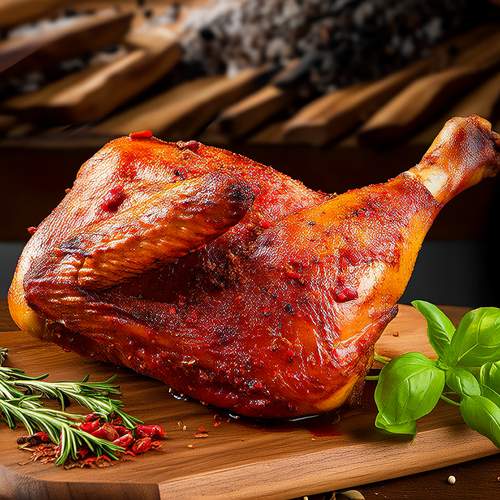
By /May 26, 2025
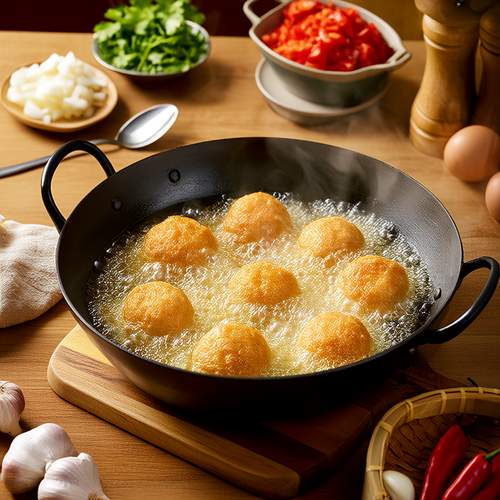
By /May 26, 2025
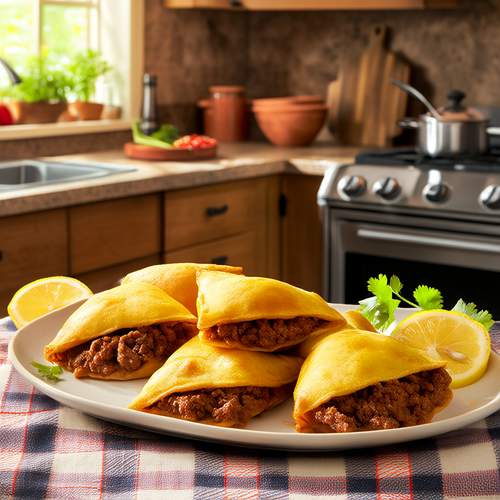
By /May 26, 2025
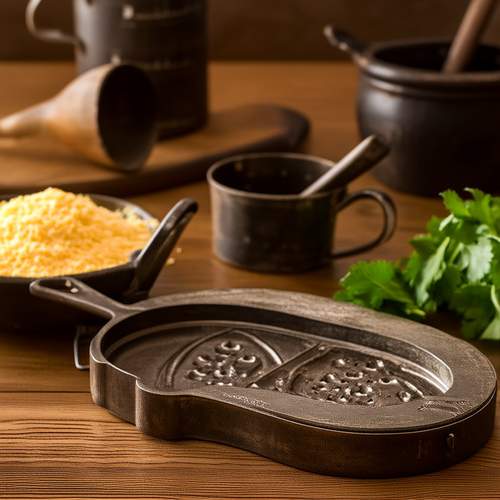
By /May 26, 2025
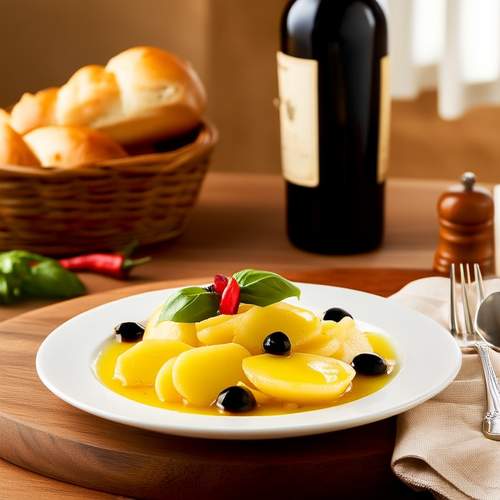
By /May 26, 2025
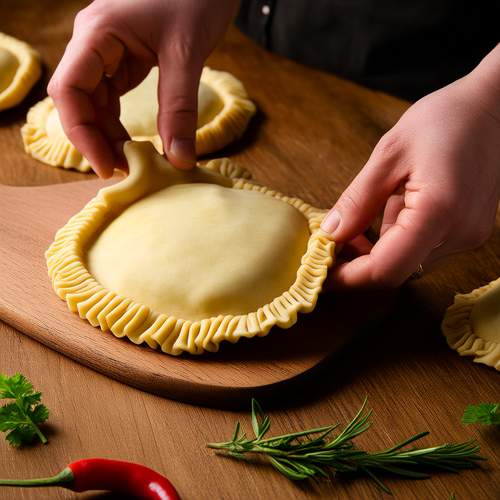
By /May 26, 2025
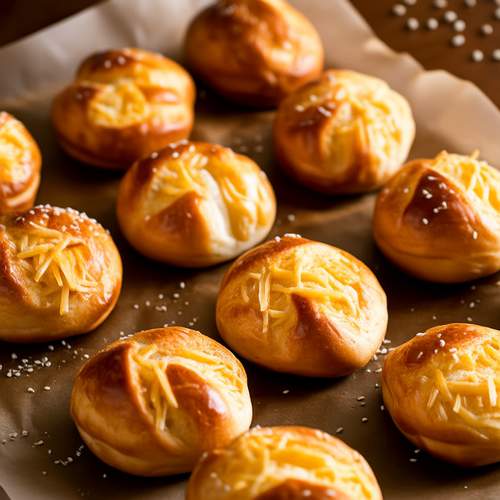
By /May 26, 2025
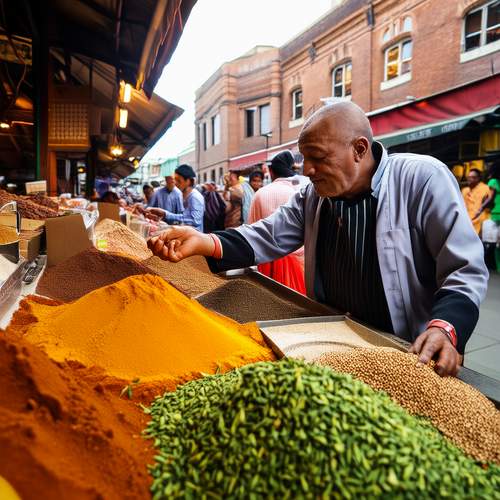
By /May 26, 2025
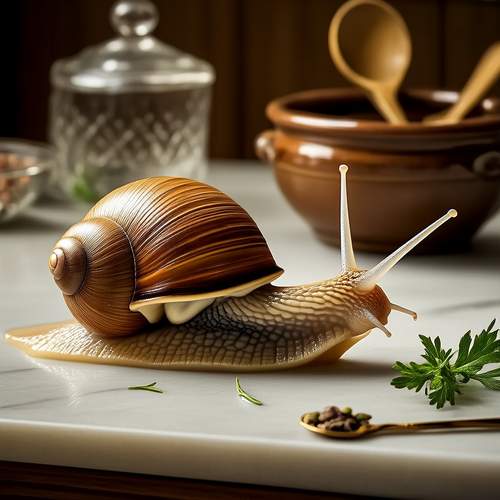
By /May 26, 2025
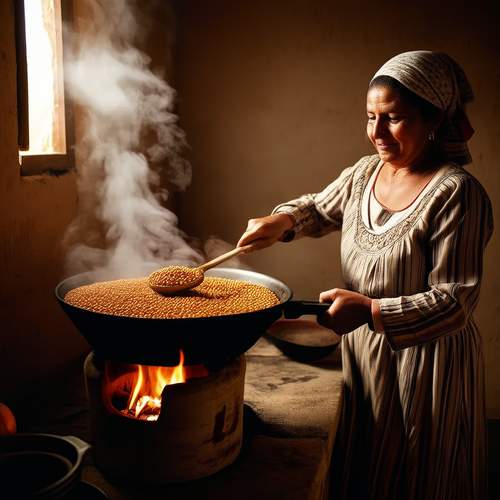
By /May 26, 2025
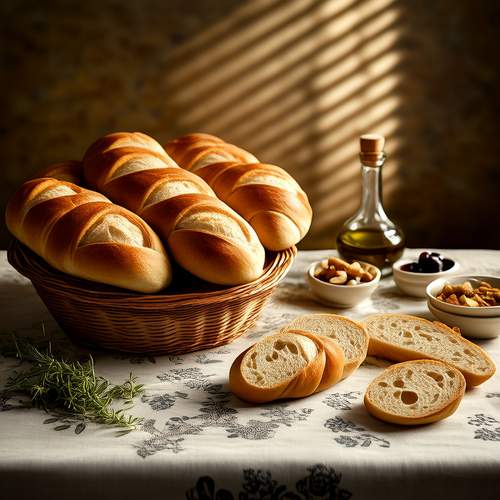
By /May 26, 2025
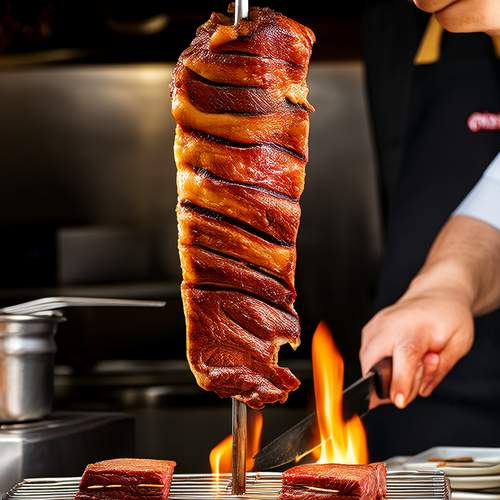
By /May 26, 2025
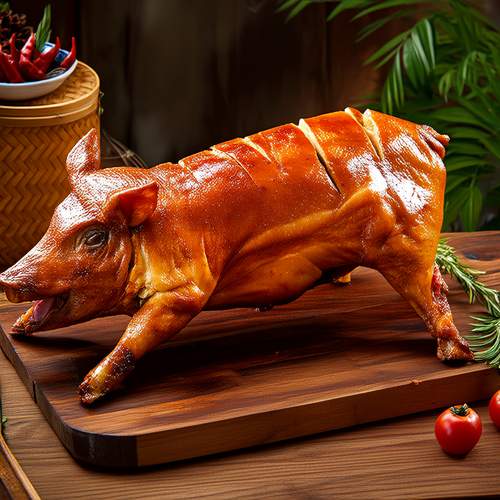
By /May 26, 2025
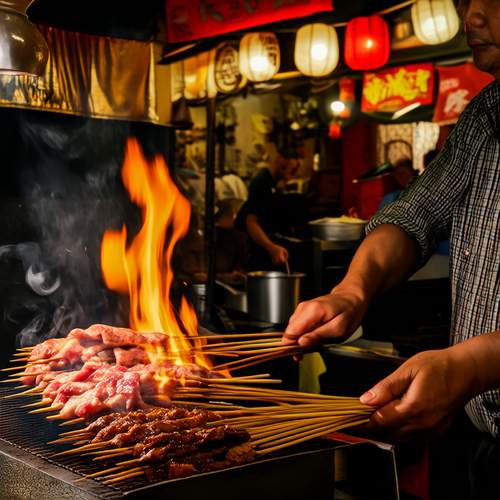
By /May 26, 2025
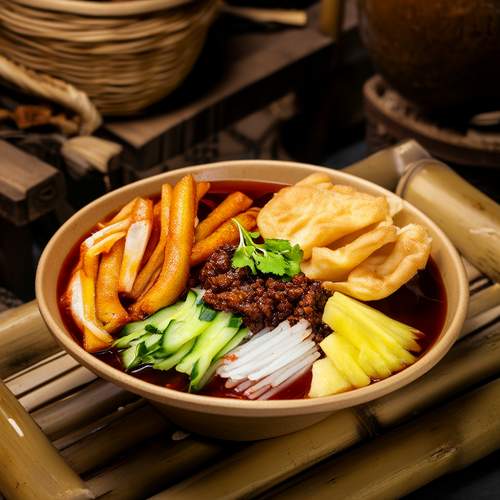
By /May 26, 2025
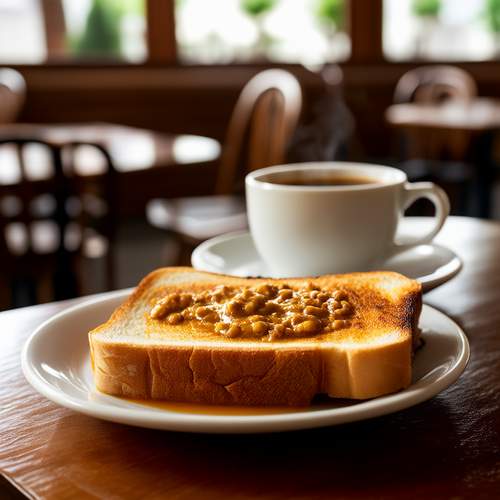
By /May 26, 2025
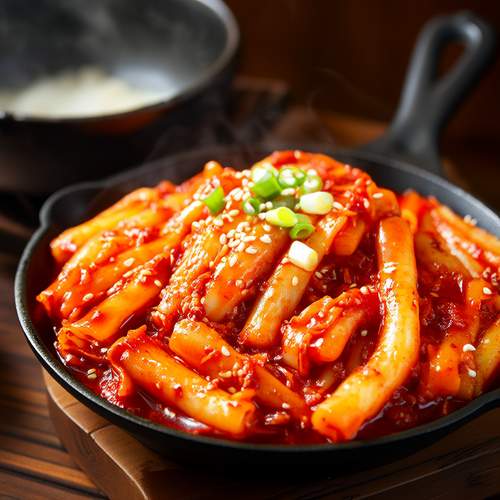
By /May 26, 2025
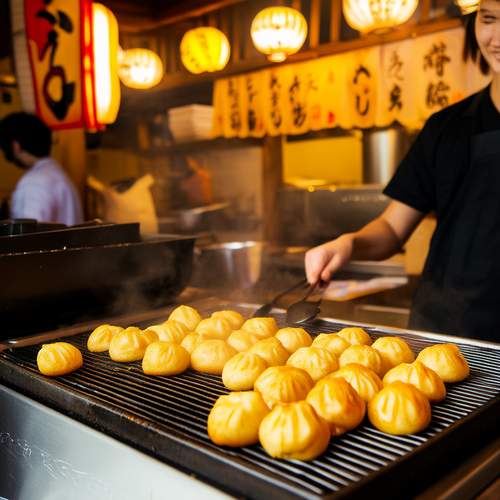
By /May 26, 2025

By /May 26, 2025
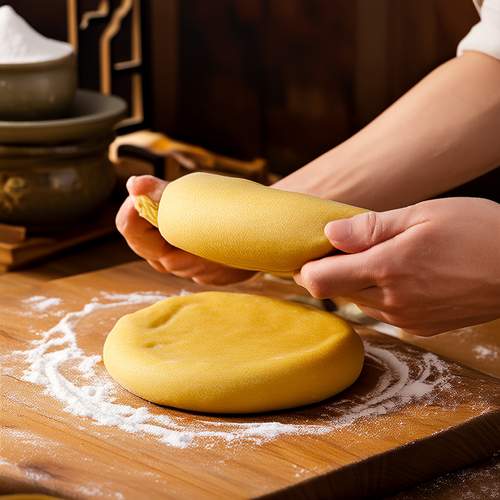
By /May 26, 2025